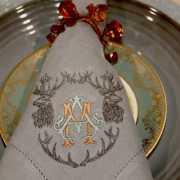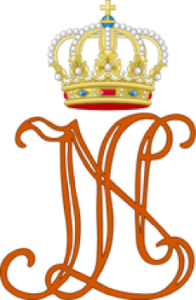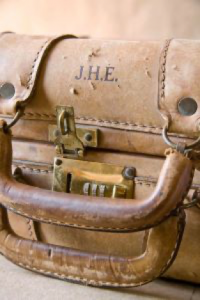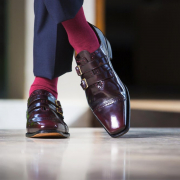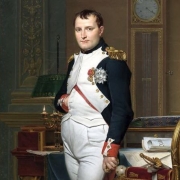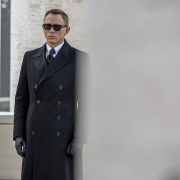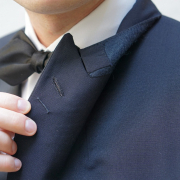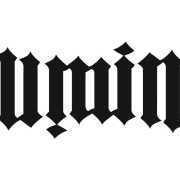I don't know about you, of course, but I think monograms are simply beautiful. It is elegant, and one of the oldest forms of identification.
The art of the monogram has a rich history and remains intriguing to me.
A monogram is simply a symbol consisting of the letters representing an individual or family.
Historically: A monogram is "A motif of 2 or more letters, or something graphic, forming a symbol".
Kingdoms used their initials first on coins, then on garments and household goods, weapons, banners and coats of arms to show their allegiance to the ruler. We see this, for example, on Danish coins.
Countries such as Belgium, Monaco and Thailand still use monograms as the national identifying mark.
We find it on coins, flags and the like. They are also used on flags to identify the various members of the royal family.
Going back further in history, we even see Jesus Christ in the form of a monogram, a so-called 'Christogram'. Coming from the Latin 'Christi Monogramma', which means 'Monogram of Christ'. We get the Chi-Ro symbol, which consists of the ancient Greek letters Chi 'X', and Rho 'P', which are the first letters of Christ in Greek.
The Chi-Ro symbol: In the Middle Ages, it was common for artists to use a monogram to make their work recognisable. Nowadays, it is more common to use a signature. Rembrandt simply used 'RH' as a monogram?
As his career took off, it evolved into 'RHL'.
Nowadays, historians even use this to assign an old work to a certain period of the artist.
In colonial America, a time when linen sheets were only available to landowners, the white sheets and pillowcases were given contrasting monograms, so that the slaves could distinguish which was whose after the washing. A three-letter monogram thus became the trend.
It was not long before the Victorians began to use monograms on everything from luggage to wardrobes, from common household linen to silk handkerchiefs. In the South of America, it became a sign of prestige for the family, radiating wealth and knowledge of etiquette. And, admittedly, in this region it is still very popular. We find it especially on handkerchiefs and shirts. Hand-embroidered monograms are mainly found on table linen and tableware.
With the advent of machine, if not computerised, embroidery in the 1980s, it became accessible to just about anything and everything imaginable. An immense popularity as a result!
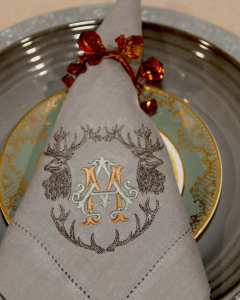
Since then, everything changed and they really became mainstream. It became more of a trend than a status symbol, simply because of its practicality. Today, we see big iconic brands using them as logos.
We are thinking especially of Chanel, Louis Vuitton, Michael Kors, etc...
This aside, the commercial, monograms are found today mainly in tailored suits, on tailored shirts, and on the back of the better watches.
The different variants in design depend on personal taste.
Raphaël van den Poel, former fashion consultant of Scapa, Reinhard Frans and Atelier NA tailored suits,
writes our weekly blog on gentleman matters. He works for MYX Magazine, a Flemish luxury lifestyle platform.
He also has his own blog which you can read here: http://belgiandandy.blogspot.com

